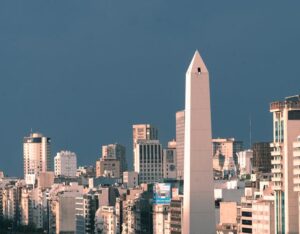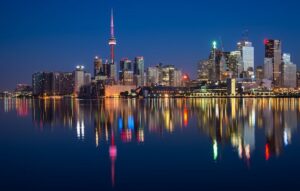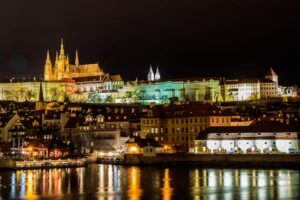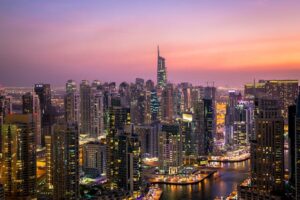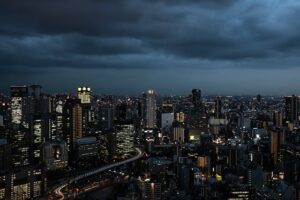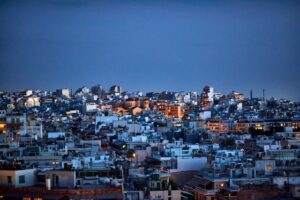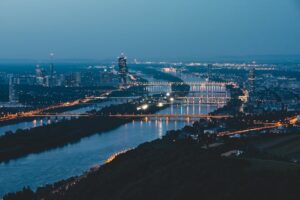This Southeast Asian gem offers breathtaking landscapes, a rich history, and vibrant culture. Vietnam ranges from the lush rice terraces in Sapa to the bustling streets of Ho Chi Minh City. Various experiences await any traveler in this country. Here in this article, we take you on an explicitly channeled journey to the best places to visit in Vietnam and make this place your own by helping you in perfect parity of itinerary for yourself.
best places to visit in Vietnam
Discover the Best Places to Visit in Japan: An Unforgettable Journey
1. Hanoi: The Cultural Heart of Vietnam
This lands the beginning of any journey in Vietnam by commencing it in Hanoi. The city blends the charisma of the old world with the vigor of the new age. Walking in the Old Quarter, one can see narrow streets teeming with local traders. Every street is allocated to a specific trade. One can go to Hoan Kiem Lake, which is a sedate area amidst the hustle of the city, and visit Ngoc Son Temple, located on a small island in the middle of the lake. Cultural Attractions: Hanoi has various important cultural locations; Ho Chi Minh Mausoleum, where the body of this much-revered leader is preserved, and Temple of Literature, Vietnam’s first university, dating back to 1070.
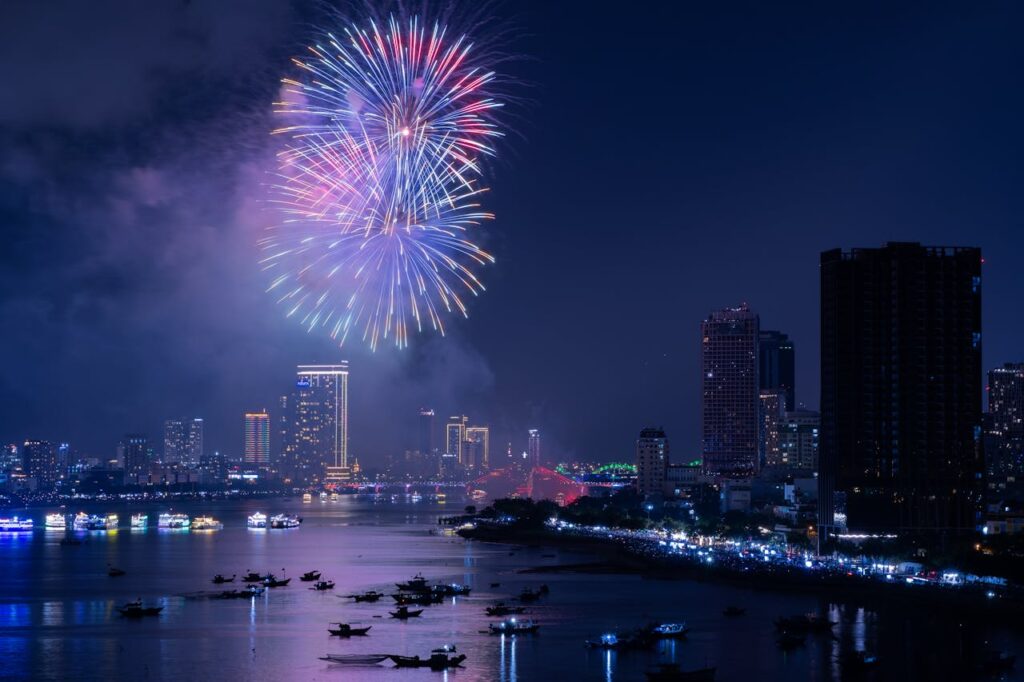
Culinary: With many descriptions, Hanoi is a paradise for “foodaholics”. It is known for hundreds of local specialties, edited from nature and human talent. Try tasting the city’s specialty, Pho – this delicious noodle soup, with Bun Cha being another specialty made from grilled pork with noodles and fresh herbs.
2. Ha long bay: The Wonder of Nature
One of Vietnam’s most iconic destinations, Ha Long Bay, becomes certain with its emerald waters and thousands of towering limestone islands topped with rainforests. As a UNESCO World Heritage Site, this is a must-see destination with an extraterrestrial scene to explore by sea. Luxurious and traditional wooden junks cruise the bay to offer a different perspective on the same.
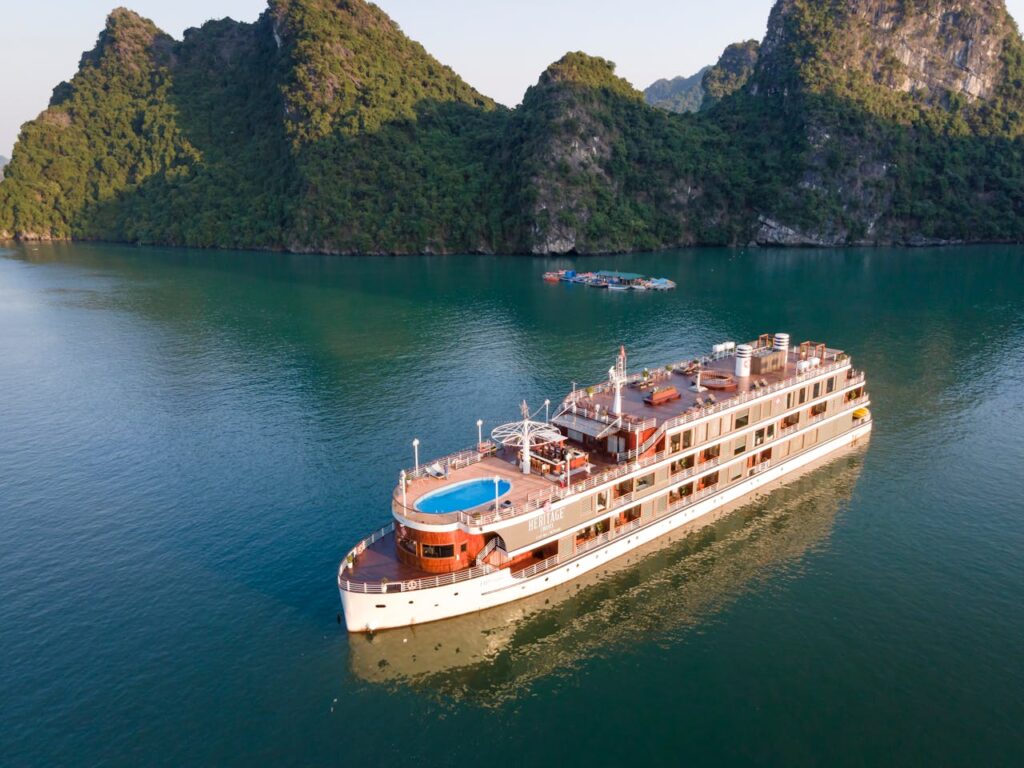
Activities: Ha Long Bay offers the exploration of caves such as Sung Sot Cave, aka Surprise Cave, and Thien Cung Cave, aka Heavenly Palace Cave; kayaking through hidden lagoons; and visiting floating fishing villages.
Best Time to Visit: October to April presents the best time for a visit to Ha Long Bay since the climatic conditions during this time are so cool and dry that you will definitely have the best time cruising and outdoors.
3. Sapa: The Majestic Rice Terraces
Nestled in the northern highlands, the countryside surrounding Sapa is blessed with breathtaking backdrops of terrace rice fields and rich cultural diversity. The town itself comes along with a moderate base to trek in the nearby mountains and to make a visit to some of the ethnic minority villages dotting the area.
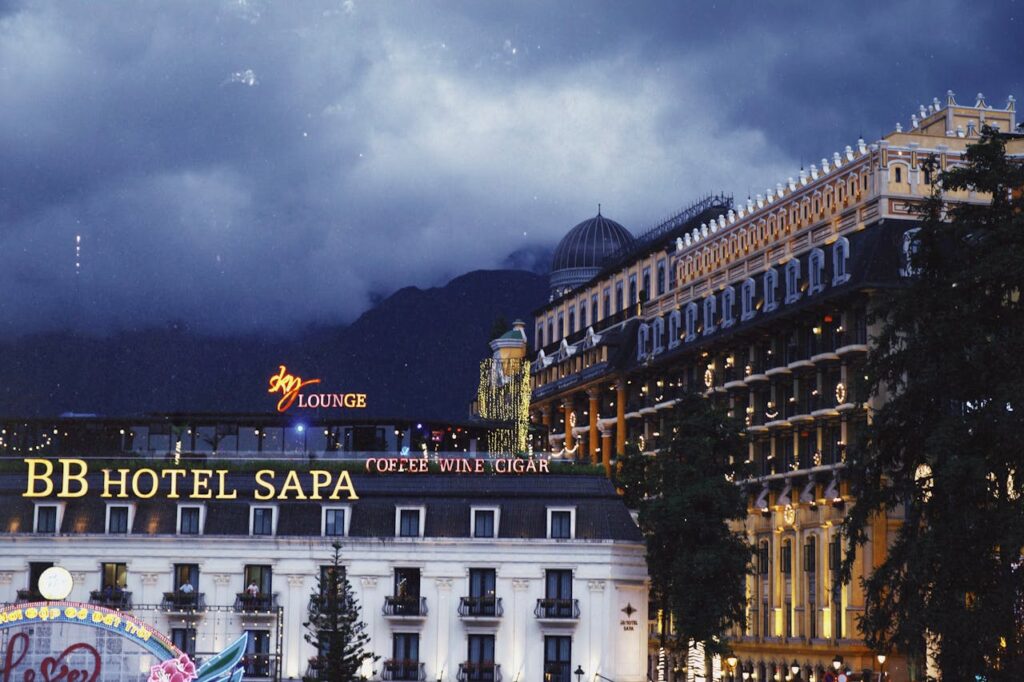
Trekking: Trekking to Fansipan, the “Roof of Indochina,” Vietnam’s highest peak, is yet one of those treks receiving the highest number of footfalls. All along the way, trekkers are greeted with the beauty of the terraced fields and run into the Hmong, Dao, and Tay people.
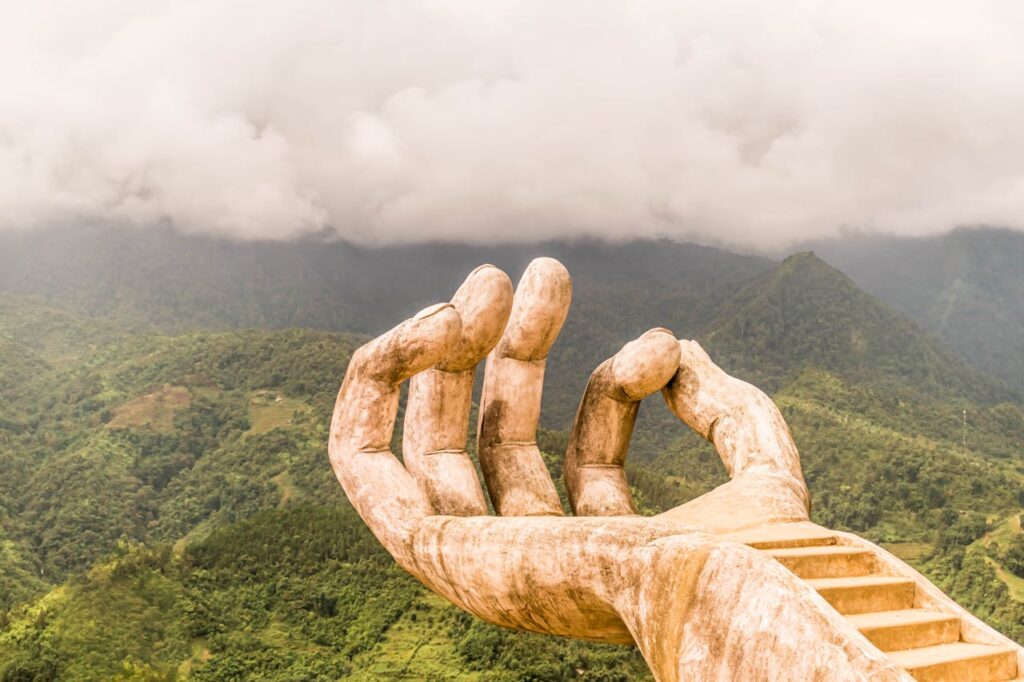
Cultural Immersion: Visit the local markets selling traditional handicrafts and other items and stay in homestays to experience local living.
4. Hoi An: The Ancient Town
This is a beautifully preserved old town visited here to peep into the trading past and heritage of Vietnam. The town’s architecture represents a multicultural history with Chinese, Japanese, and European traders’ influence.
Historic sites: strolling down the lantern-lit streets, you can check out all the landmarks such as the Japanese covered bridge, the Phuc Kien Assembly Hall, and the old merchant houses that line the streets, amongst others. The riverside in Hoi An has a charm of its own, more so when the entire city is alight with so many colored lanterns on every possible fitting around.
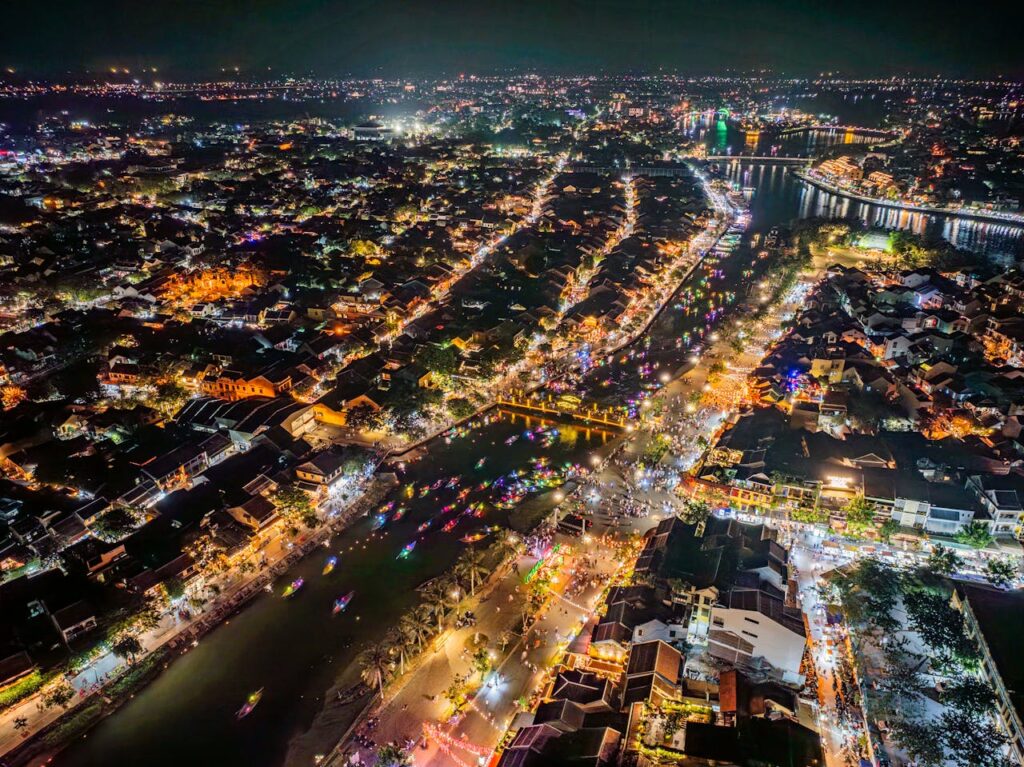
Tailoring: The phrase “Hoi An” springs to most people’s mind as soon as they think of tailoring. One has the option, even for a few days, to try getting some custom-made clothing, which actually makes it a great place to get really different souvenirs.
5. Hue: The Imperial City
Having been an old capital, Hue is incredibly packed with history. The Imperial City within this city is a vast complex with palaces, temples, walls, and gates, surrounded by the Perfume River. Likely the most famous within the Imperial City is the Citadel itself, which evokes the daily life of Vietnam’s Nguyen emperors.
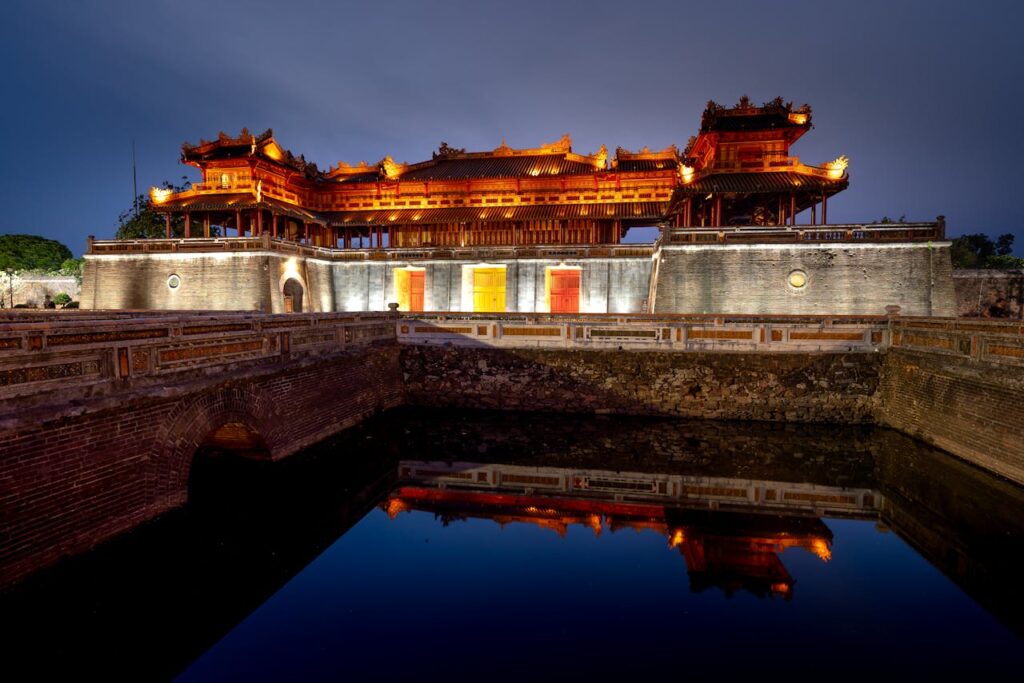
Tombs and Pagodas: The Tombs of the Emperors and Thien Mu Pagoda are located outside the city and should be definitely visited. The tombs reflect the mixture of traditional Vietnamese architecture with personal tastes of the rulers.
Culinary Delights: Hue’s culinary variety is seen through the treasure of its imperial cuisine, which once served the rulers of the Nguyen dynasty. Don’t miss out on Bun Bo Hue, spicy noodle soup with beef, and Banh Khoai, a type of crispy pancake.
6. Ho Chi Minh City: The Bustling Metropolis
Ho Chi Minh City, once known as Saigon, is the largest city of Vietnam and is a commercial and cultural hub. Now, due to this intensive growth, it has become a pulsating metropolitan city, still clothed in remains from the colonial era.
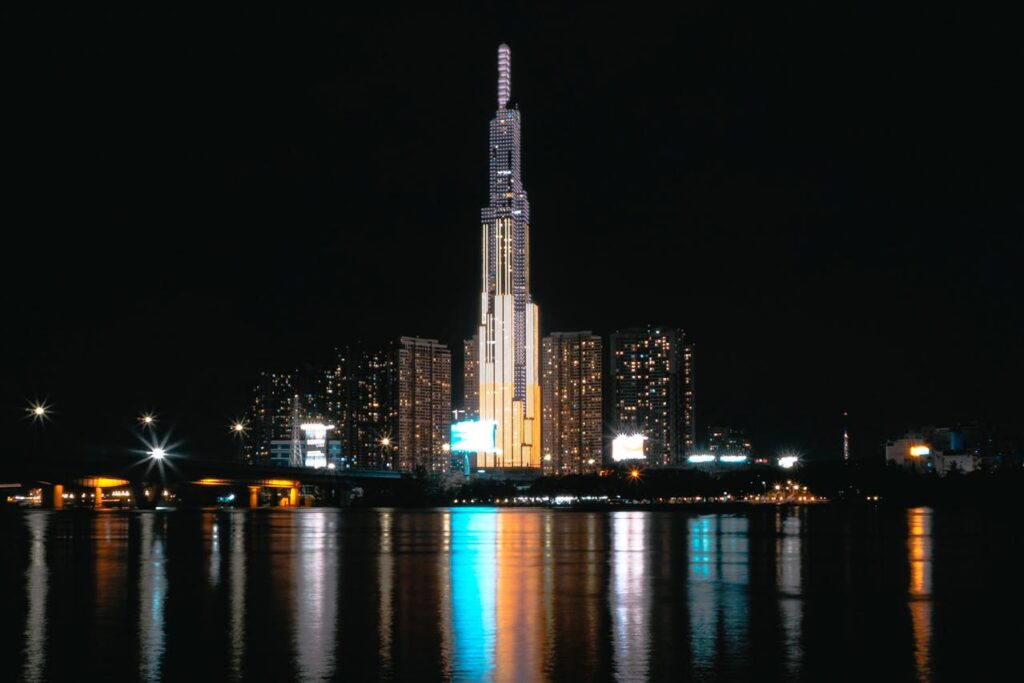
Historical Places: Most importantly, the prominently featured ones are the War Remnants Museum, an eye-opening view of the Vietnam War; the Notre-Dame Cathedral Basilica of Saigon and the Saigon Central Post Office both represent imposing examples of French colonial architecture.
Markets and Shopping: The Ben Thanh Market is a bustling place to buy everything from local handicrafts to fresh produce. Head over to Dong Khoi Street, on the other hand, for the more sophisticated shopper, with its tasteful boutiques and art galleries.
Nightlife: Ho Chi Minh City embodies a busy party scene that will keep you on your toes, from rooftop bars with breathtaking views to street food markets filled with life.
7. Mekong Delta: The Rice Bowl of Vietnam
The immense network of rivers, swamps, and islands collectively forms the words “Rice Bowl” of Vietnam because of the fertility of the place. Picturesque figuring moist, greeneries everywhere, palm-fringed canals, and floating markets are some common notes of the most picturesque areas.
Floating Markets: Presumably, one of the greatest pleasures in visiting the Mekong Delta is observing its floating markets, including Cai Rang and Phong Dien. Vendors hawk fresh produce and even conduct their businesses directly from their boats.
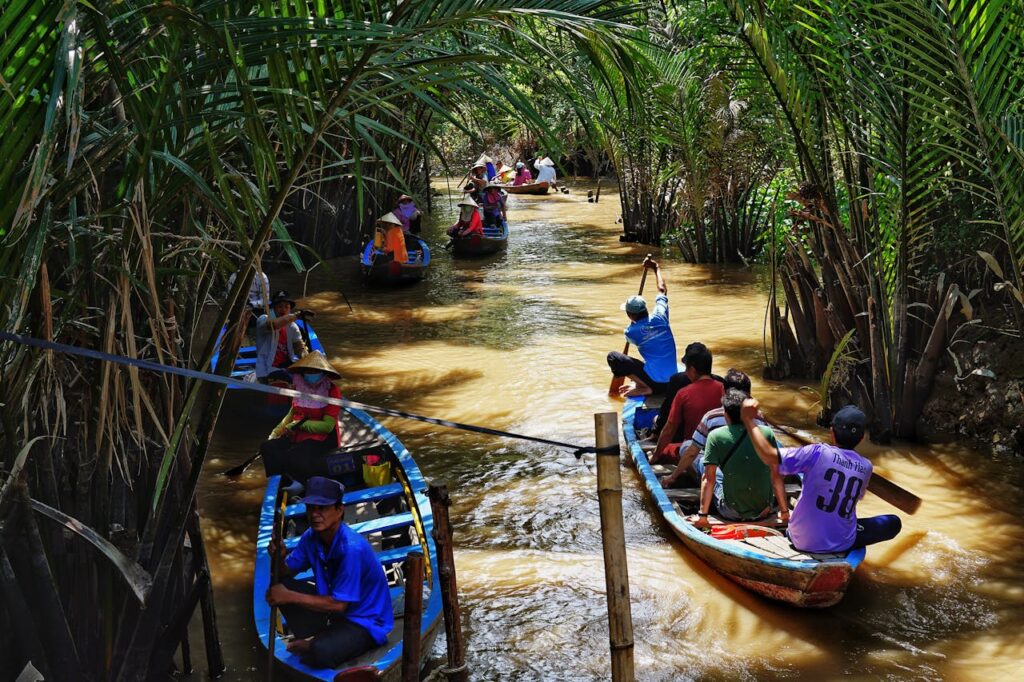
Ecotourism: Another fine ecotourism ground is the Mekong Delta. Visitors can boat along the waterways, visit fruit orchards, and learn about traditional fishing styles.
Best Time to Visit: The best time to visit the area is during the dry season, December to May, when the weather is fine and water levels are stable.
8. Phu Quoc: The Island Paradise
Looking for a beach vacation? Well, Phu Quoc is pretty much Vietnam’s answer to paradise. This island, located off the coast of Cambodia, features white-sand beaches, transparent turquoise waters, and lush tropical forests.
Beaches: Very popular is Long Beach, with accommodations and plenty of soft sand, and Bai Sao is more remote and offers a quieter atmosphere.
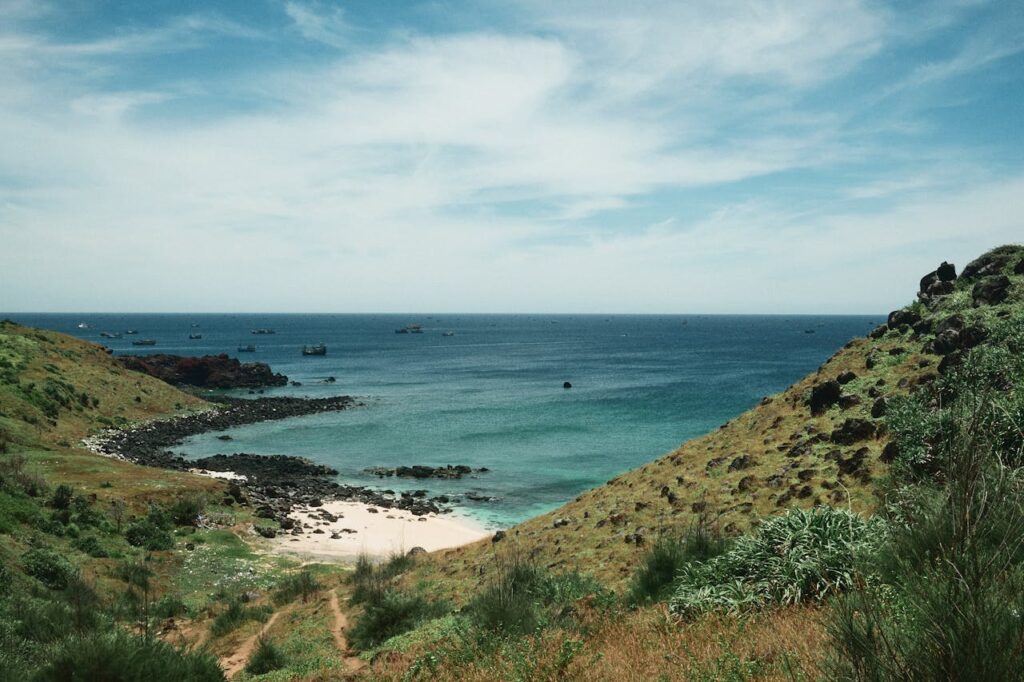
Outdoor Activities: Top outdoor activities on Phu Quoc include snorkeling, diving, and kayaking, which is found in the surrounding waters filled with sea life and colorful coral reefs.
National Park: The interior is protected by Phu Quoc National Park, with the ability to hike and take in the splendor of nature.
Conclusion
Vietnam is a country of great diversity, being the best country for anyone. The fascinating cities, the calming landscapes, or the pristine waters and beaches—one thing guaranteed is an absolutely fantastic experience in Vietnam.

